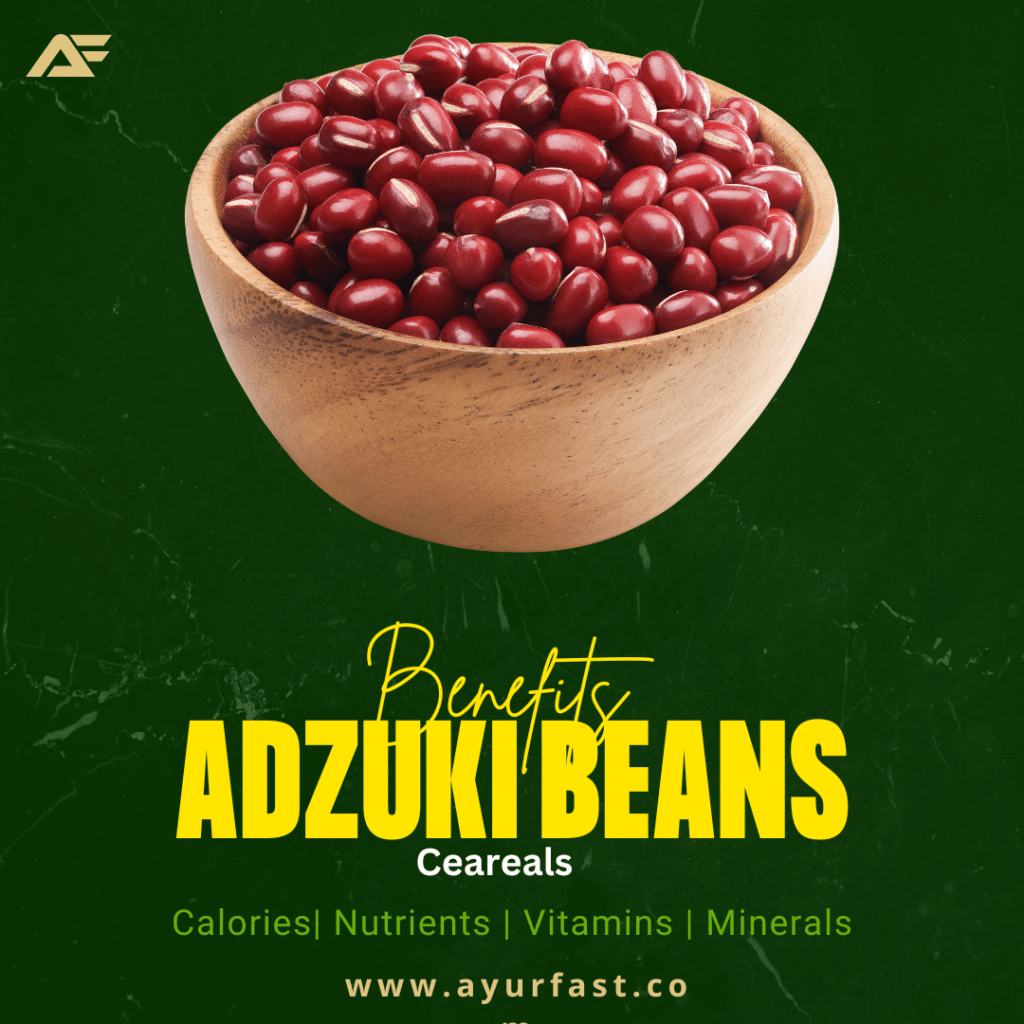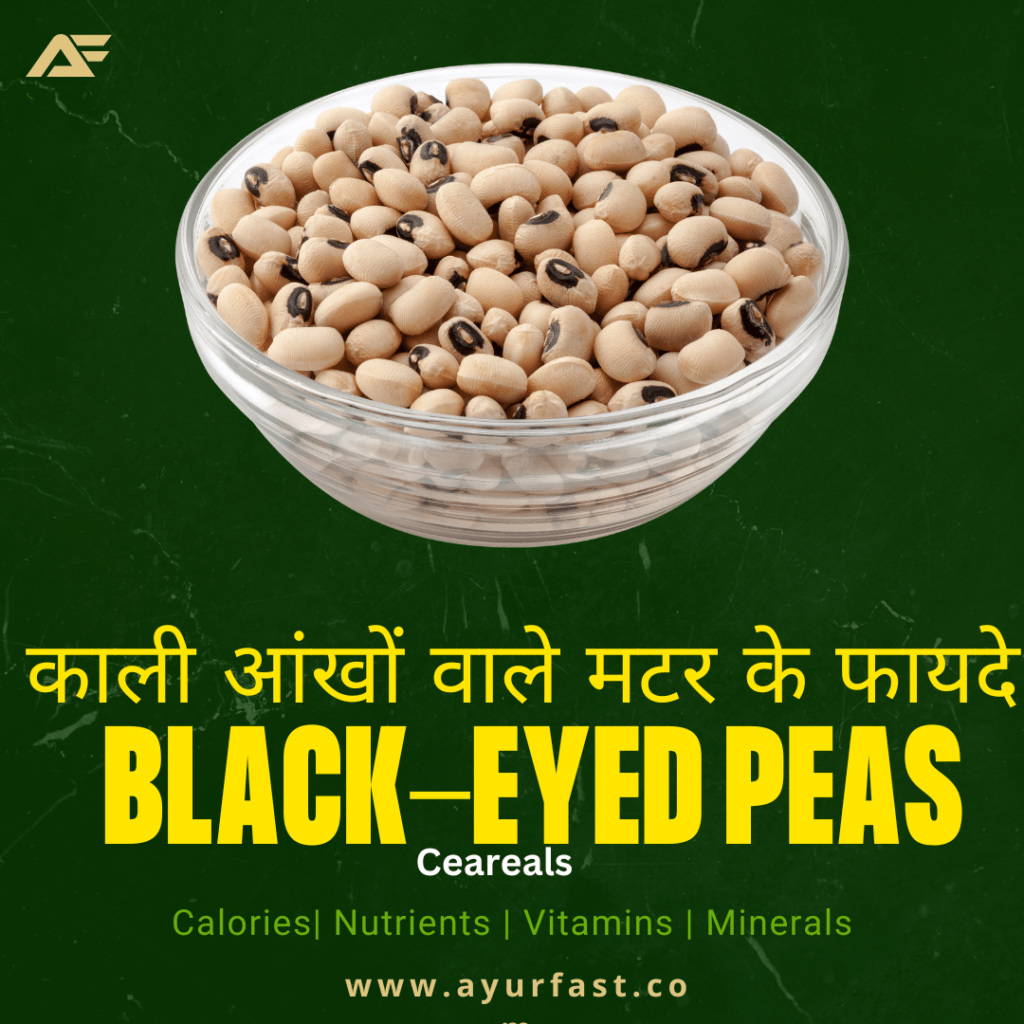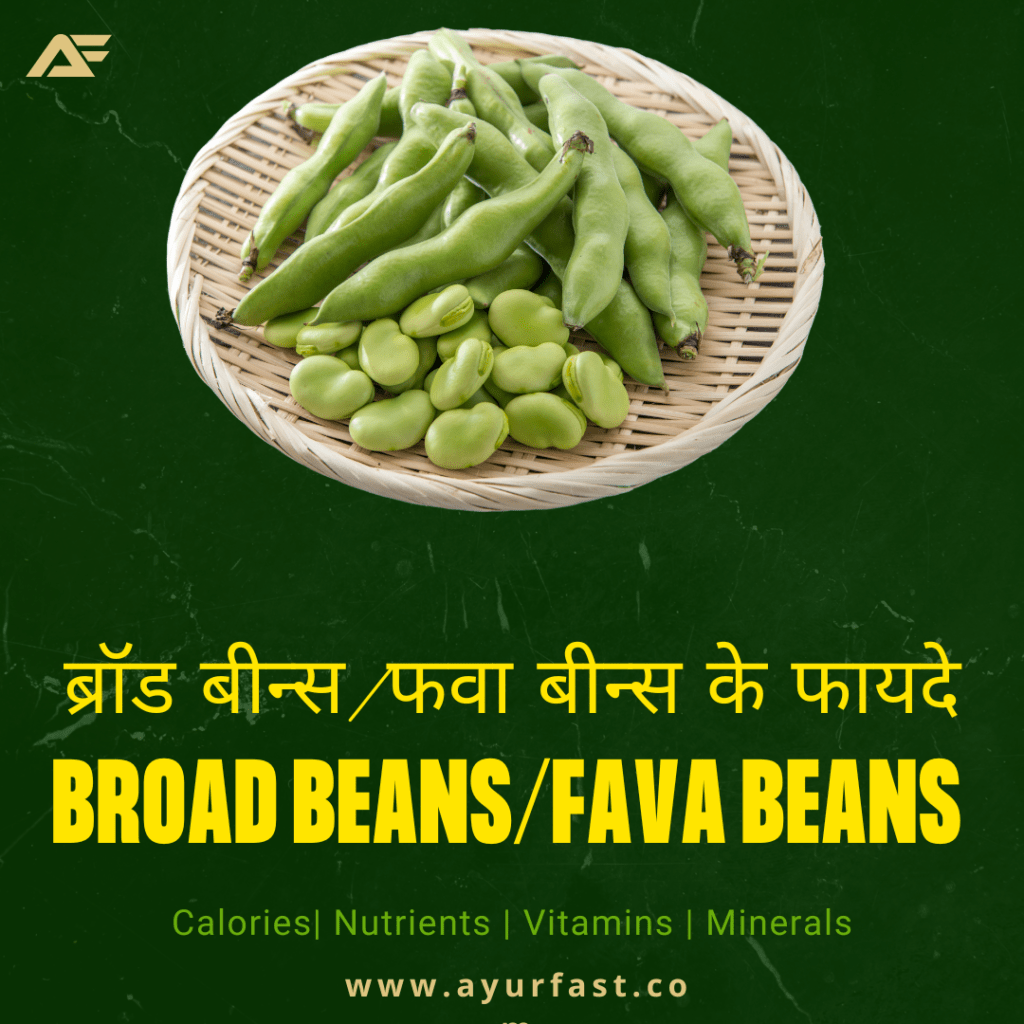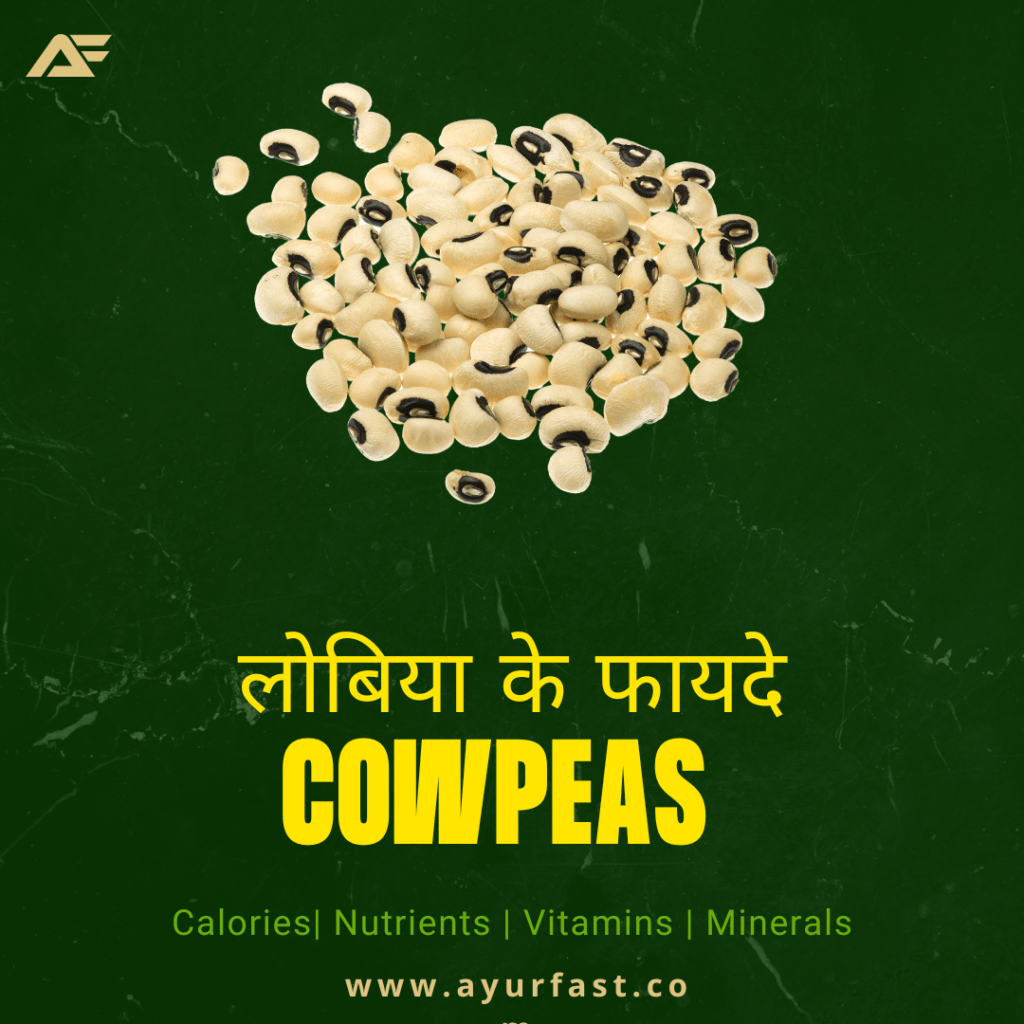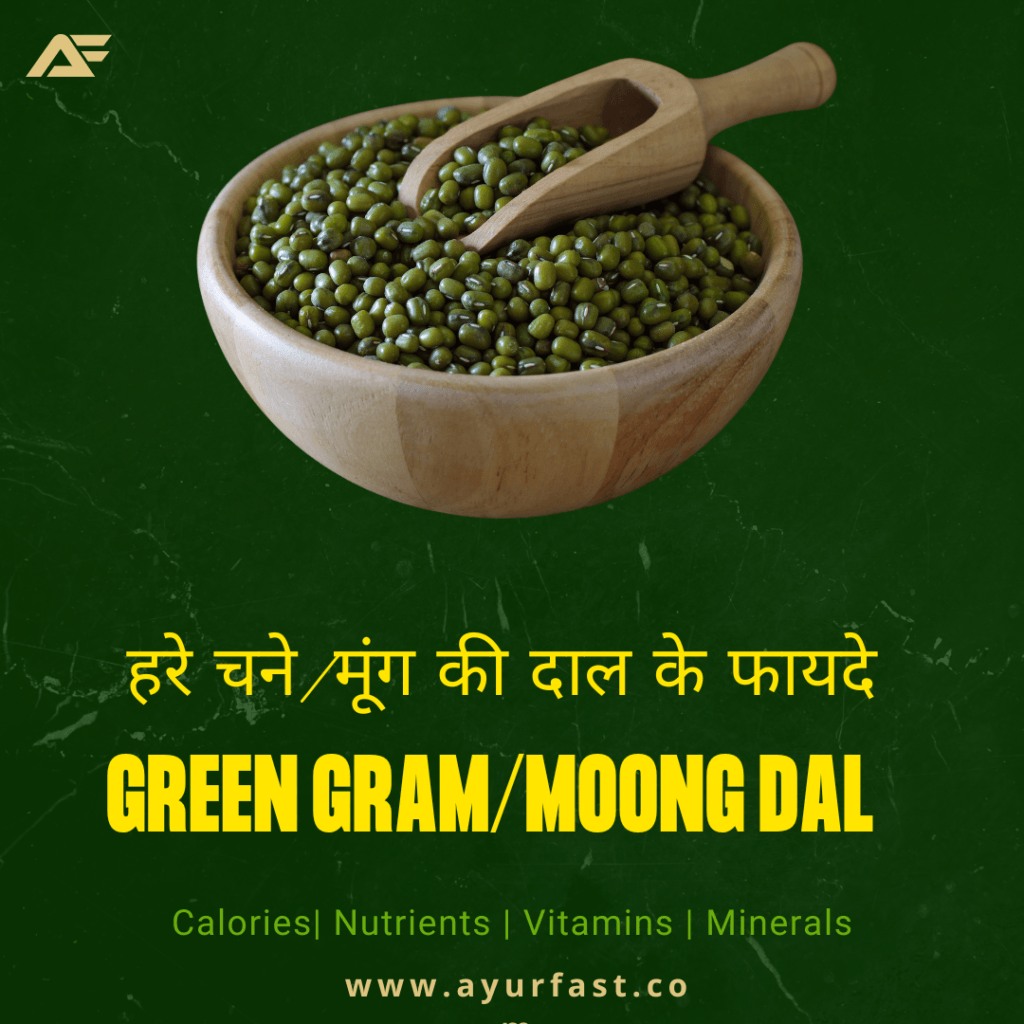About
Winged beans, also known as Goa beans or asparagus peas, are a tropical legume that is grown primarily in Southeast Asia and Africa. They are called “winged beans” due to their distinctive four-winged pods, which can range in color from green to purple.
Health Benefits of Winged Beans:
-
High in Protein: Winged beans are an excellent source of protein, with 100 grams of beans containing around 9 grams of protein. This makes them an ideal food for vegetarians and vegans who need to increase their protein intake.
-
Rich in Fiber: Winged beans are also a good source of dietary fiber, which can help to improve digestion and prevent constipation.
-
Lowers Cholesterol: The high fiber content in winged beans can also help to reduce cholesterol levels in the body, reducing the risk of heart disease.
-
Boosts Immunity: Winged beans are a good source of vitamin C, which is essential for a healthy immune system. They also contain antioxidants, which can help to protect the body against free radicals.
-
Supports Bone Health: Winged beans are rich in calcium and other minerals that are important for maintaining strong bones.
-
Regulates Blood Sugar: Winged beans have a low glycemic index, which means that they can help to regulate blood sugar levels and prevent spikes in insulin.
Diseases that can be cured by consuming winged beans include:
- Heart disease
- High cholesterol levels
- Digestive issues
- Weak immune system
- Osteoporosis
- Diabetes
Energy and Macronutrient content per serving (50g) of winged beans
| Nutrient | Amount |
|---|---|
| Energy | 35 kcal |
| Carbohydrates | 4 g |
| Protein | 3 g |
| Fat | 0.4 g |
| Fiber | 1.3 g |
| Water | 40 g |
Vitamin content per serving (50g) of winged beans
| Vitamin | Amount |
|---|---|
| Vitamin A | 30 mcg |
| Vitamin B1 | 0.03 mg |
| Vitamin B2 | 0.05 mg |
| Vitamin B3 | 0.4 mg |
| Vitamin B6 | 0.06 mg |
| Vitamin B12 | 0 mcg |
| Vitamin C | 13 mg |
| Vitamin D | 0 mcg |
| Vitamin E | 0.2 mg |
| Vitamin K | 4.5 mcg |
| Folate | 50 mcg |
| Biotin | 1 mcg |
Mineral content per serving (50g) of winged beans
| Mineral | Amount |
|---|---|
| Calcium | 30 mg |
| Iron | 0.7 mg |
| Iodine | 2 mcg |
| Zinc | 0.3 mg |
| Magnesium | 18 mg |
| Phosphorus | 50 mg |
| Potassium | 180 mg |
| Sodium | 2 mg |
| Chloride | 20 mg |
| Copper | 0.06 mg |
| Chromium | 0 mcg |
| Fluoride | 2 mcg |
| Molybdenum | 2 mcg |
| Manganese | 0.2 mg |
| Selenium | 0.5 mcg |
What are winged beans?
Winged beans, also known as Psophocarpus tetragonolobus, are a tropical plant commonly grown for their nutritious and protein-rich beans.
What are the health benefits of winged beans?
Winged beans are packed with essential nutrients, fiber, and protein, making them a great addition to a healthy and balanced diet. They are also known for their anti-inflammatory and antioxidant properties.
How to grow winged beans?
Winged beans are a warm-season crop that thrives in tropical and subtropical regions. They can be grown from seeds and prefer well-draining soil and full sun exposure.
What are the different culinary uses of winged beans?
Winged beans can be used in a variety of dishes, including stir-fries, salads, soups, and curries. They have a nutty and slightly sweet flavor and a crisp texture.
How to cook winged beans?
Winged beans can be boiled, steamed, stir-fried, or roasted. They are versatile and can be used in a variety of recipes.
How to store winged beans?
Winged beans should be stored in a cool, dry place, preferably in an airtight container. They can also be stored in the refrigerator for up to a week.
What are the different varieties of winged beans?
There are several different varieties of winged beans, including the purple winged bean, green winged bean, and red winged bean.
How do winged beans compare to other legumes?
Winged beans are a great source of protein and fiber, and they contain essential nutrients that are not found in other legumes.
What is the history of winged beans?
Winged beans have been cultivated for centuries in Southeast Asia and are an important crop in many tropical countries.
How to control pests and diseases in winged beans?
Pests and diseases that commonly affect winged beans include aphids, mites, and root rot. Practices such as crop rotation and using natural pest control methods can help prevent these issues.
How to incorporate winged beans into a balanced diet?
Winged beans can be used in a variety of dishes and can be a great addition to a balanced diet. They are high in protein, fiber, and essential nutrients.
How do winged beans contribute to sustainable agriculture?
Winged beans are a nitrogen-fixing plant, meaning they can help enrich soil and reduce the need for synthetic fertilizers. They can also be grown using agroforestry practices, which can help promote biodiversity.
What are the best growing conditions for winged beans?
Winged beans prefer warm, humid climates and well-draining soil. They require full sun exposure and regular watering.
How to propagate winged beans?
Winged beans can be propagated by saving seeds from mature plants or by taking cuttings from established plants.
What are the medicinal properties of winged beans?
Winged beans have been used in traditional medicine to treat a variety of ailments, including inflammation, fever, and respiratory issues.

